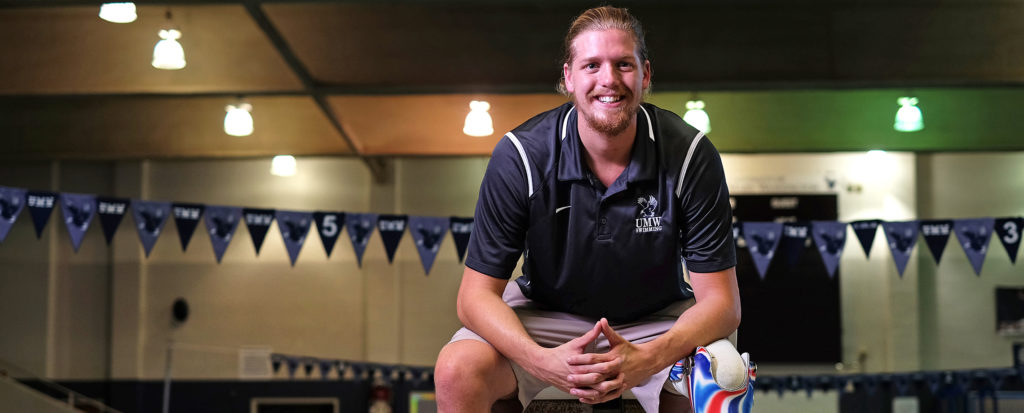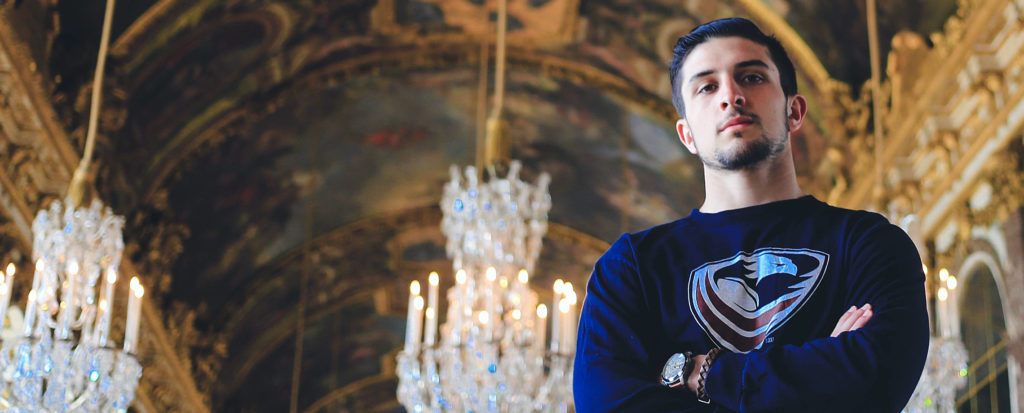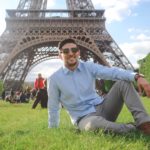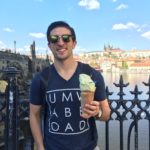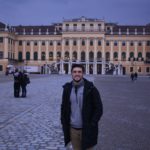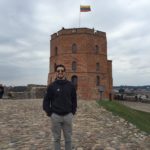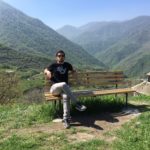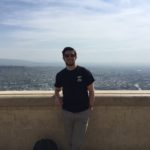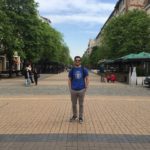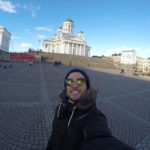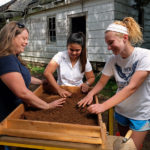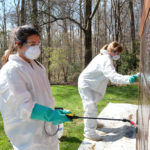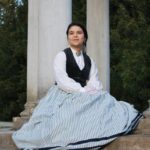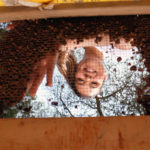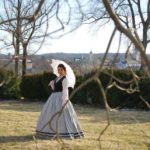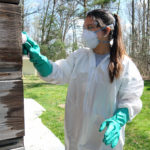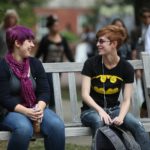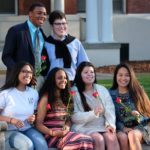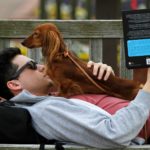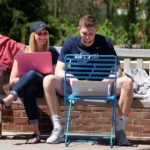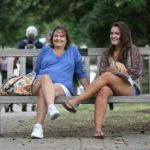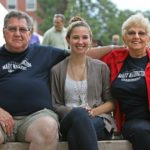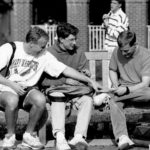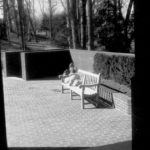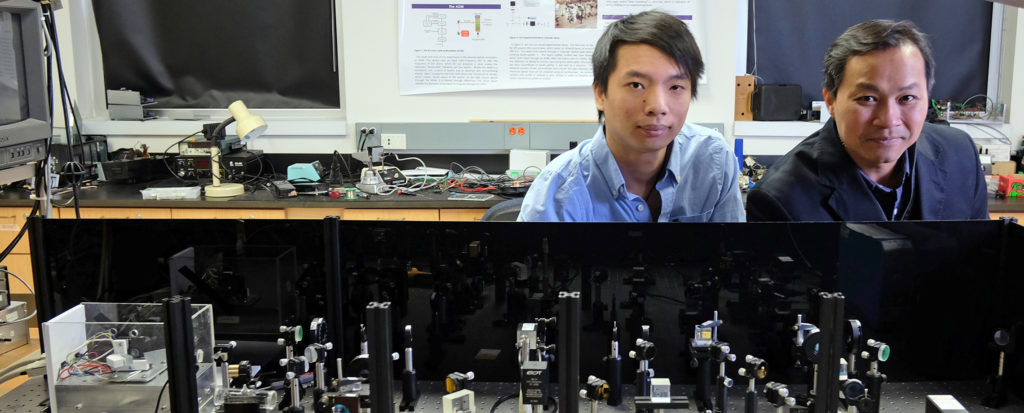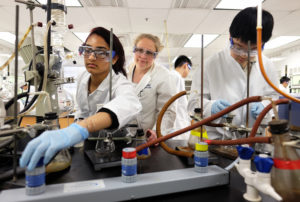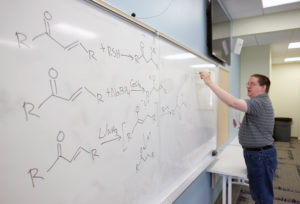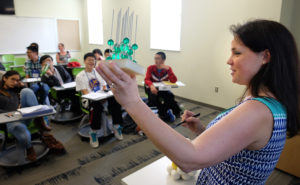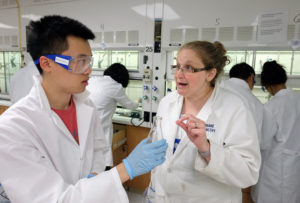UMW sophomore Mackenzie Hard’s iPhone slices into her sleep.
4:30 a.m.: “Good morning, crazy kid!”
She stirs at the first pre-programmed message, settles back in under the extra-long quilt her grandmother made for her 6-foot-2 frame.
4:45 a.m.: “If you don’t get up now, you won’t see the sun rise!”
She opens an eye, feels her FOMO kick in. But her Eagle Village room is … so … comfy.
5 A.M: “Okay, now you’ll really be late, way to go.”
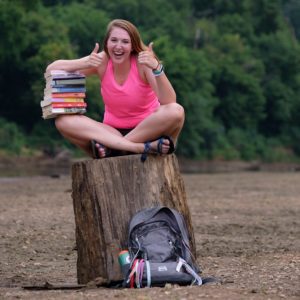
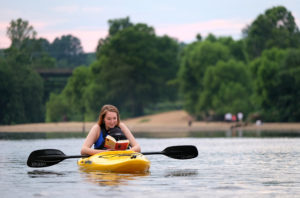
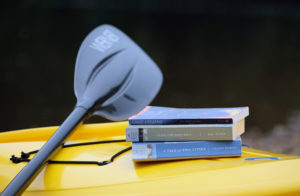
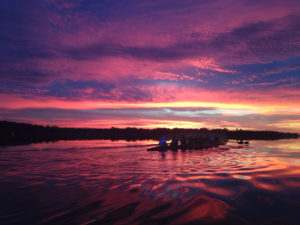
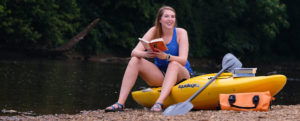
The tone serves its purpose. She’s up. In a race with the sun. Off to meet crewmates at Alvey parking garage at 5:30, be out on the water by 6.
Growing up in Colonial Williamsburg and on Jamestown Island, Hard was as absorbed in water as she was in history. UMW would revive her passion for both. Now a crew member and English major pursuing a master’s degree in education, she hopes to teach high school, helping steer students toward their own college adventures.
“It was such a tough and busy time of my life,” Hard said of that 12th-grade transition. “I want to be able to tell them, ‘I know what you’re going through. I know it’s hard. You’ll get through it. Let me help you.’ ”
When she wasn’t playing the snare in the Colonial Williamsburg Fifes and Drums Corps or learning open-hearth cooking as a young volunteer, she’d spend long summer days on the James River. Then the air would turn crisp, and she’d go with her mother, a teacher, to help prep her second-grade classroom. Hard would play with the old-fashioned projector and sometimes, just sometimes, pretend to be a teacher, herself.
In high school, instructors she touts as “flawless” inspired her further, fueling her love of English. A fan of Harry Potter and The Hunger Games, Hard played basketball and edited the yearbook before turning her thoughts to college. The first time she saw “UMW” on a T-shirt, she Googled it. She liked what she saw and scheduled not one but five visits to campus.
“I love our community. I love that we’re small,” she said during an interview at the Hurley Convergence Center. “I love that I have friends who walk in here and I can wave at them while we’re doing this.”
She was just meeting some of those friends when she showed up at that first Club Carnival freshman year, set to play basketball. Instead, she was coaxed into crew, where she found an unexpected camaraderie.
“The rowers tend to develop some pretty close relationships,” said Rich Adams, who coaches the team. “It requires a lot of discipline. The people that are not so tough very quickly decide it’s not the sport for them.”
But Hard has a soft side, as well. She cried last December to miss Williamsburg’s Grand Illumination, watching it live-streamed, instead, while she studied for finals. But her on-campus commitments leave little time to be homesick. She’s a resident assistant and Washington Guide who’s involved with Best Buddies. And, of course, there’s crew.
“The power and muscle and strength of eight girls in a boat?” she said. “It blows me away.”
